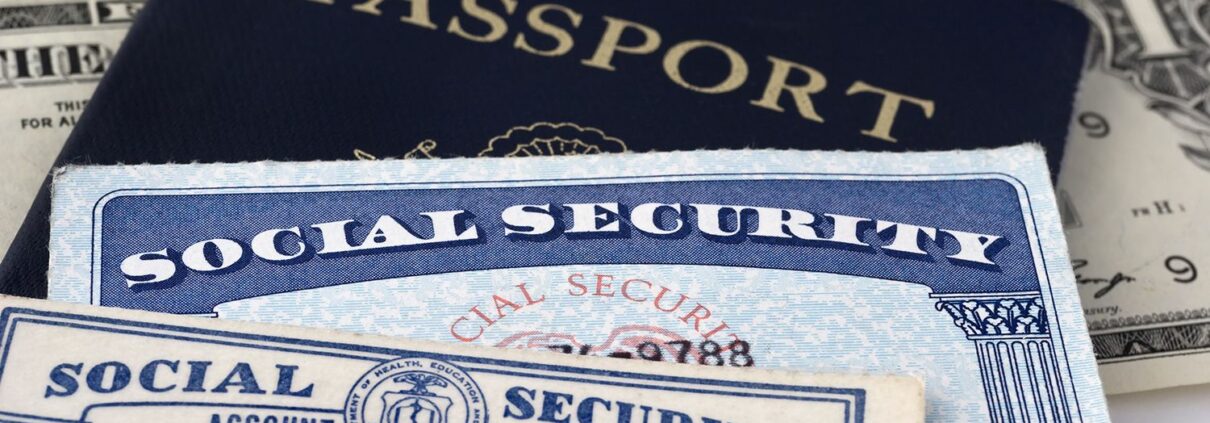How Do I Place a Fraud Alert on My Social Security Number?
Fraud alerts and credit report flags are the very first two steps you should take if your data has been compromised. It may stop the fraudster from using your info elsewhere.
This article will briefly explain how to place a flag on your social security number through the various credit bureaus. We’ll also discuss which types of credit flags you can use to protect your identity.
How to Flag Social Security Numbers & Credit Reports
There are a few ways to protect your social security number. The first is through fraud alerts, which will freeze any incoming and outgoing funds or information dependent on that SSN. For example, if someone attempts to use your SSN to open further accounts in your name, a fraud alert will inform banks and processors that your data has been compromised.
To place a fraud alert or credit flag on your SSN or credit report with any of the three credit bureaus, do this:
- Reach out to one of the credit reporting agencies (Equifax, Experian, and Transunion) by logging in to their site online. The agencies have special links on their website, which will fast-track fraud reports rather than waiting to hear beach via email.
- After you’ve made your report, keep checking back with each agency to make sure the alert is ubiquitous, meaning the fraud alert has been communicated to all three agencies.
- Make sure your data is up-to-date with each agency, and that you have provided the most accurate information possible.
Contact one of the three agencies listed here:
- Experian: (888) 397-3742
- TransUnion: (800) 916-8800
- Equifax: (800) 525-6285
Types of Fraud Alerts
There are three main fraud alert types that you can use to protect your accounts:
- Active Military Fraud Alert
- Extended Fraud Alert
- Initial Fraud Alert
The first thing to note here is which fraud alert suits your situation best, as each alert serves a different purpose. If you’re unsure which alert describes your circumstances, ask one of the credit agencies to help you determine how to proceed.
Let’s have a closer look at these alerts:
Initial Fraud Alert
Initial alerts inform the other credit reporting agencies that they must verify any incoming requests for credit extension. This means every time someone pings your SSN to apply for credit, the agency must verify that you are the individual in question. This type of credit flag only lasts 90 days.
Extended Fraud Alert
Extended fraud alerts work the same way initial fraud alerts do, but they last up to 7 years. This is a good option if your identity was stolen and used to create false accounts previously, or many accounts were compromised at once. Plus, you can have this alert removed at any time.
Active Military Fraud Alert
Active duty fraud alerts are designed for active military members stationed overseas. This alert reminds the credit reporting agencies that the individual is serving out of the country, where their data may be compromised more readily. Active military alerts last for one year unless extended, and also remove the service member’s name from prescreened credit card marketing offers for 2 years.
Keep Your Information Safe. Keep Your Future Safe.
Let’s face it, fraud happens every day. As the world becomes more interconnected, maintaining your data becomes harder and harder. Thankfully, there are ways to fight back. If you react quickly enough, you may prevent further abuses due to identity theft and even protect those closest to you from exposure.



